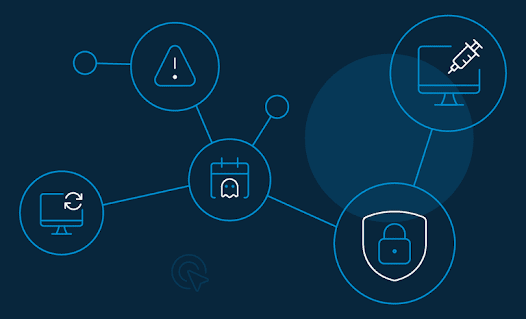Most Common Application Security Threats
Adequate protection of mobile app security is essential as these applications contain sensitive user information like passwords, bank details, addresses, mobile numbers and other private information. Hackers can use the application's vulnerabilities to access the application's OS and access or misuse user-sensitive data.
Business organisations must incorporate app security measures to secure
their private information from leaking or cyber threats. Most developers prefer
integrating security measures during the application's development phase.
Cybercriminals are continuously finding ways to hack systems and misuse or
steal data. On the other hand, security experts are in an endless battle to
protect the data.
Every year, malicious attackers develop new ways to threaten in-app protection, access databases and compromise sensitive data.
Security experts are continuously making experts to build or developing new
ways for robust application security solutions. They work on an app's
vulnerabilities or weak points that can be misused by hackers and strengthen
their system.
Most Common Application Security
Threats
Injection Attacks
A vulnerable application accepts injection attacks from
untrusted data with an input field without any proper investigation. Attackers
can easily trick the system server by typing codes into the input field.
Injection attacks trick the system server into transcribing it as a system
order and thus attackers control the server. These injection attacks lead to
exploitation of sensitive information, misuse of admin privileges and
unauthorized access to databases. The most common injection attacks are:
●
SQL Injection
●
Email Header Injection
●
Cross-Site Scripting
How to prevent injection attacks?
●
Investigate untrusted inputs and instantly delete or
block them from queries and commands.
●
Implement API (Application Programming Interface)
which helps in avoiding parameterized interfaces or interpreters.
●
Check, filter and clear all input data as per
whitelist norms. These help in preventing harmful character combinations.
Broken
Authentication
Broken authentication is a general term given to vulnerabilities
or weak points in a mobile app security which pose a huge threat to authentication,
verification and session management tokens. The inadequate application of
authentication and verification measures allows attackers to access legitimate
user data, identity or information and probably misuse designated ID
privileges.
How to prevent broken authentication?
●
Implement multi-factor authentication for react native security.
●
Locate limiters on simple/easy passwords.
●
Disapprove session ID as soon as the activity ends.
●
End sessions after a particular period of inactivity
Security Misconfigurations
According to Owasp Mobile top 10, security misconfiguration is the most common app security threat across the globe. This type of vulnerability
in a mobile application exists because app developers forget to change/edit
common default settings for longer periods such as usernames, passwords, error
messages, reference IDs, etc. It is extremely easy for professional hackers to
detect and exploit default application system settings that were initially used
to enhance user experience. These vulnerabilities impose larger threats once
they are out in the internet world.
How to prevent security
misconfigurations?
●
Regularly maintain and update all mobile application
elements such as servers, databases, operating systems, firewalls, extensions,
etc.
●
Change and
update default configurations like passwords, usernames, IDs, etc.
- Implement regular penetration tests.




Comments
Post a Comment